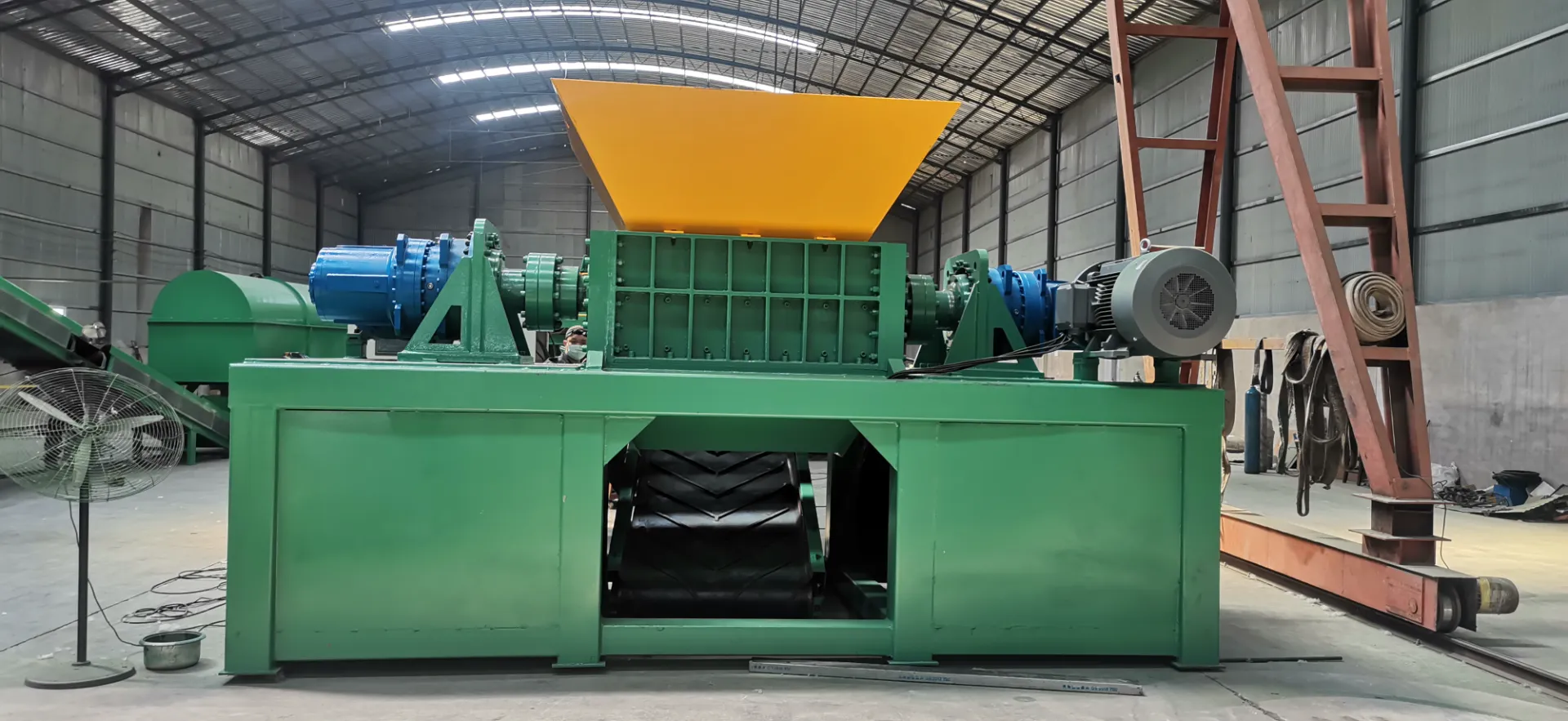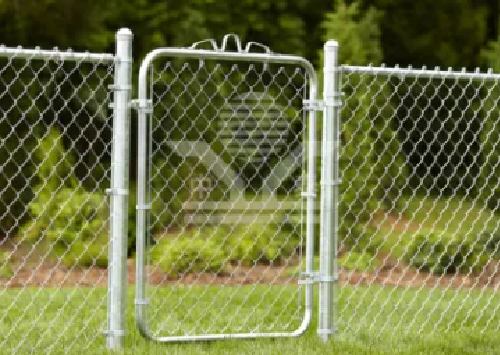Properly disposing of old electronics is a crucial step in minimizing environmental impact and ensuring data security. As technology rapidly evolves, consumers often find themselves with outdated devices cluttering their homes. Disposing of these electronics responsibly requires not only awareness but also action rooted in expertise and trust. Here’s an authoritative guide on how to effectively manage your old electronics.

Start by assessing the condition of your electronics. If the device is still functional, consider options that extend its life. Selling or donating is a viable route numerous platforms such as eBay, Craigslist, and Facebook Marketplace allow you to sell electronics directly to interested buyers. Be sure to reset the device to its factory settings to protect your personal information. Local charities or schools might also accept donations, finding use for older, functioning equipment in educational programs.
However, many electronics reach a stage where they are no longer viable for use or sale. In these cases, recycling is essential. Research your local government’s e-waste collection events, which are commonly organized annually to encourage community participation. Additionally, numerous electronics retailers offer take-back programs where they responsibly recycle old devices. Chain stores like Best Buy and Staples in the United States provide these services free of charge, often accepting various items including phones, batteries, computers, and more.

For those concerned with data security, ensuring that your electronic devices are wiped clean before recycling is crucial. Hard drives can often be physically destroyed to prevent data recovery, a method particularly favored by businesses handling sensitive information. Software solutions can also effectively erase data from devices, ensuring peace of mind.
how do you get rid of old electronics
Recycling centers and specialized e-waste facilities offer another avenue for disposal. These facilities are equipped to handle hazardous materials safely, preventing harmful chemicals from leaching into the environment. They focus on extracting valuable materials from electronics such as copper and gold, which can be reused. Verify the certification of recycling centers through organizations like e-Stewards or R2 (Responsible Recycling), ensuring their adherence to high environmental and data protection standards.
Exploring manufacturer take-back programs can also be a reliable option. Companies like Apple and Dell have programs in place where customers can return old devices for recycling. Some even offer trade-in programs where the value of older devices can contribute toward the purchase of new technology. This not only promotes recycling but also provides a financial incentive to consumers.
Participation in community initiatives focused on electronics disposal is both a responsible and educational practice. Events organized by local governments or environmental groups not only assist in proper disposal but educate the public on the significance of recycling electronics. They provide excellent opportunities to learn more about the environmental impact of e-waste and how to mitigate it.
Efforts to dispose of old electronics should be approached with a sense of responsibility and urgency given the rapid rate of technological advancement. By prioritizing effective disposal methods, we contribute to environmental sustainability and resource conservation. Remember, the process begins with a conscious decision to either give your device a second life or ensure its components are responsibly recycled, underscoring your commitment to a greener planet. Leveraging the expertise of certified organizations and participating in community and retailer programs will bolster the collective impact of these efforts, creating a safer, more sustainable world.


